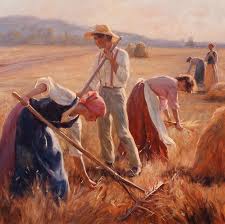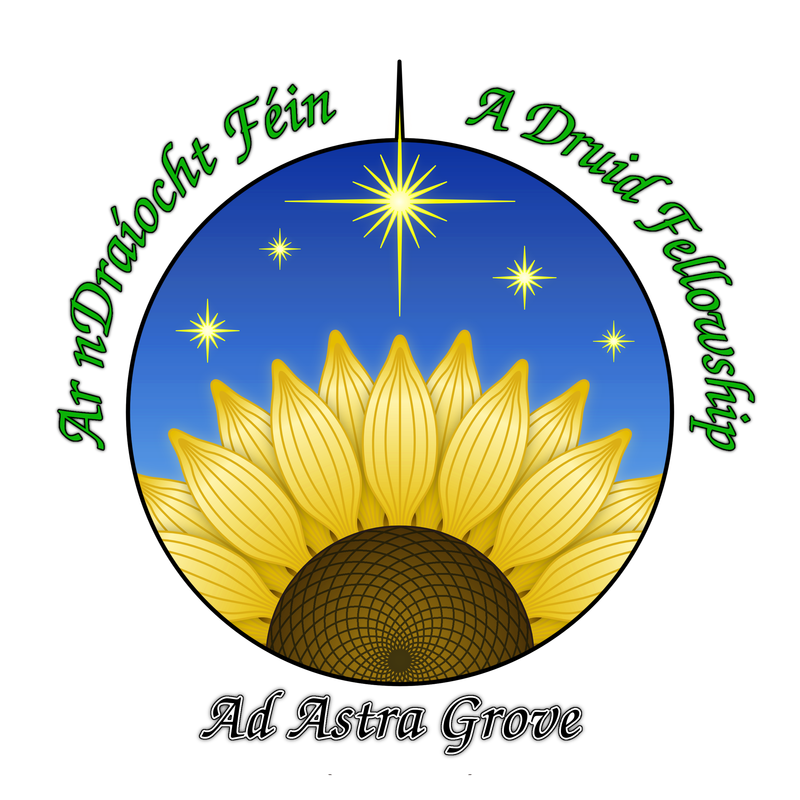
Vision is an important element for any group to have, and many organizations will have what is called a, “Vision Statement.” Vision, in all its various forms, even if those forms that are only taken as metaphor, seems to point toward an idea of true understanding and the ability to reach out toward a goal. We often talk about “seeing” issues in a moral light, and by this we seem to equate vision with knowledge and truth; just we talk about someone not seeing the truth of circumstances as being blind. We often talk about moral change as coming from “seeing an issue in a different light.” Vision allows us to walk a path in truth and integrity. Vision is the glue that holds all the virtues together.








 RSS Feed
RSS Feed
